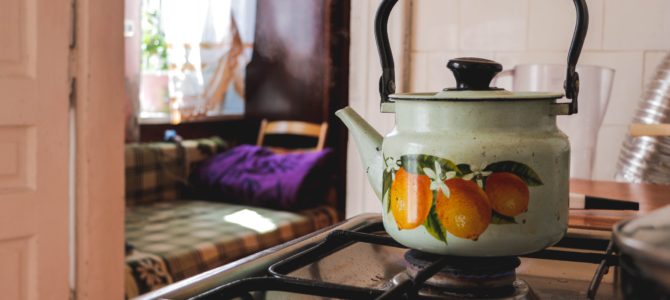Other Real-time examples of Science
Love to learn
Everyone knows that the boiling point of water is 100 degrees. What if you can boil water at much less than 100 degrees.
The answer lies in the application of atmospheric pressure and vapor pressure. Now, boiling temperature is a temperature when the vapor pressure of a liquid becomes equal to the atmospheric pressure. So, if somehow you can create a vacuum on the top of the liquid it would mean that the vapor pressure of the vapor above the liquid in a vacuum would exceed vacuum atmospheric pressure, and it would start boiling.
You can try this with a simple syringe at home – take a syringe and fill it half or one third with water. Then place your thumb on the top hole and then slowly pull the plunger up. As you pull you would notice that the water would start boiling.
When you first fill the syringe with water ensure to remove all the air bubbles, more air you can remove more the water would boil. Sometimes it takes two or three attempts of level pulling up with the thumb on the syringe for the boiling water to appear. The reason is not only the visible air bubbles, but the air dissolved in the water needs to be removed.
So, why is water boiling at room temperature (usually 20 to 25 degrees)?
The explanation goes back to the definition of the boiling point of water which is that the water boils at 100 degrees Celsius at one atmospheric pressure because at one atmospheric pressure vapor pressure of vapors above water becomes equal to atmospheric pressure now as you create a vacuum inside the syringe, you reduce atmospheric pressure significantly and much fewer vapors or vapor pressure is required for it (vapor pressure) to be equal to atmospheric pressure.
Vapors on top of a liquid are dependent on the temperature of the liquid, hotter liquid would create more vapors and vice versa. Therefore, the temperature at which vapor pressure in the syringe becomes equal to vacuum or near-zero atmospheric pressure is reduced.

